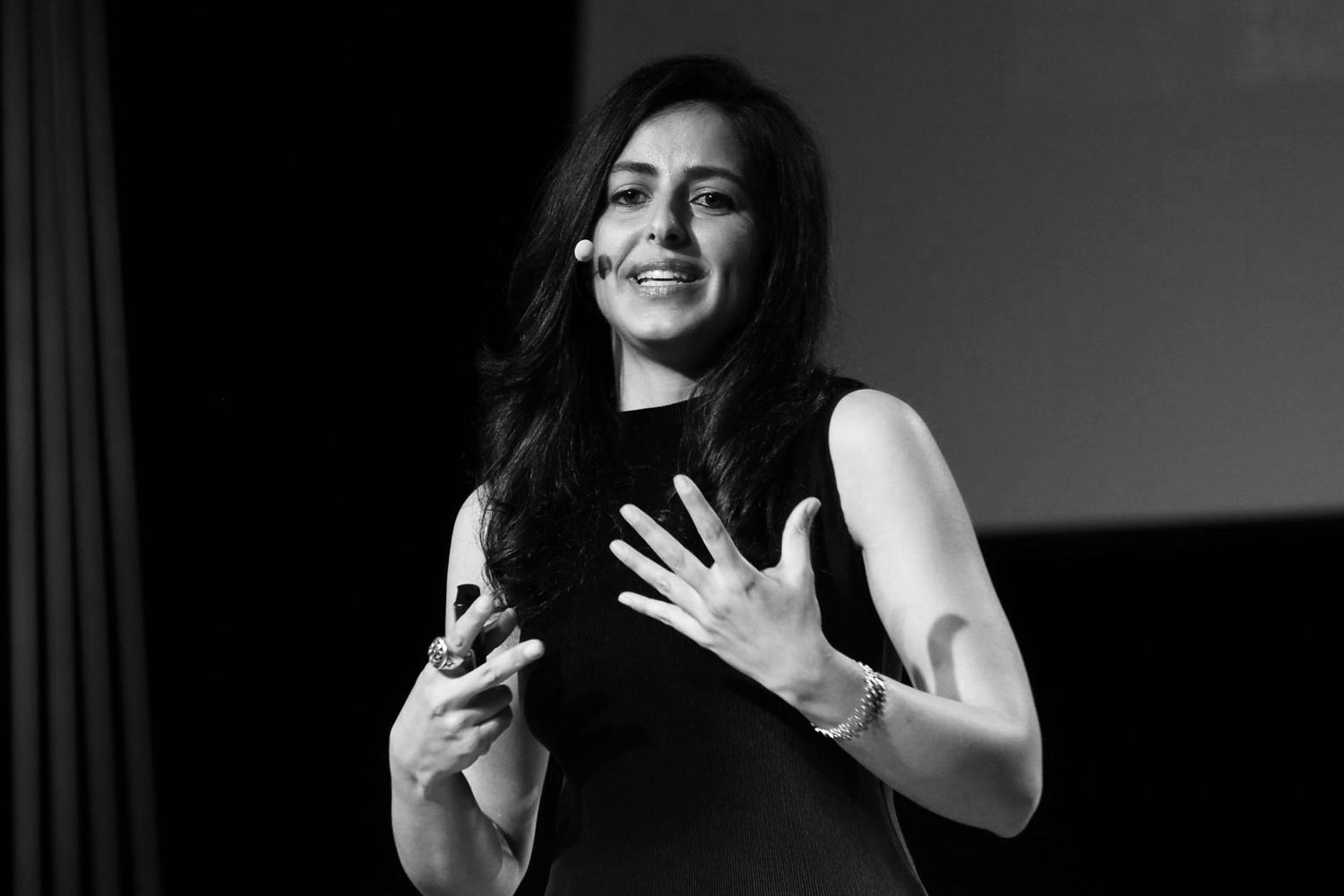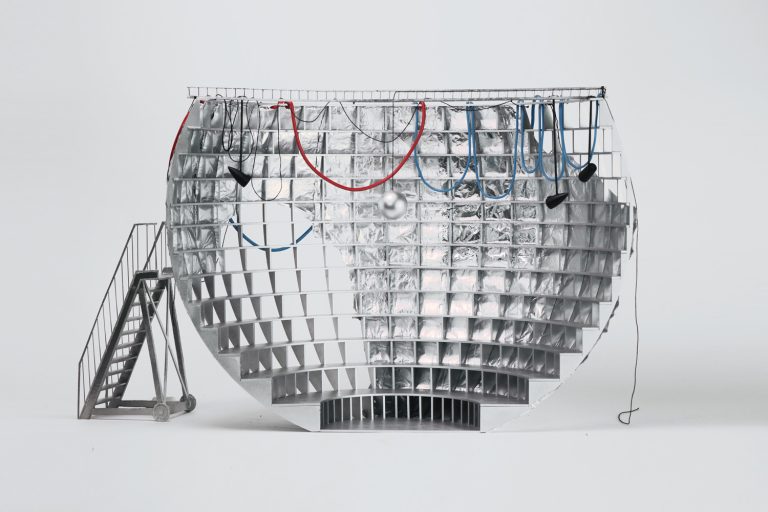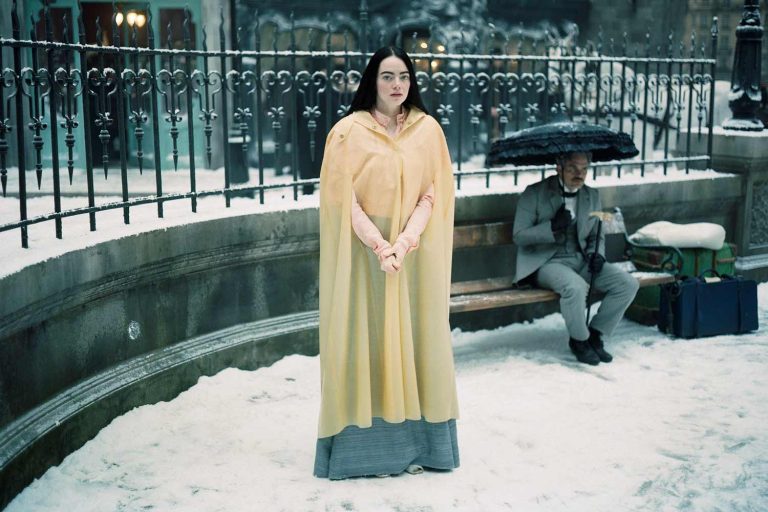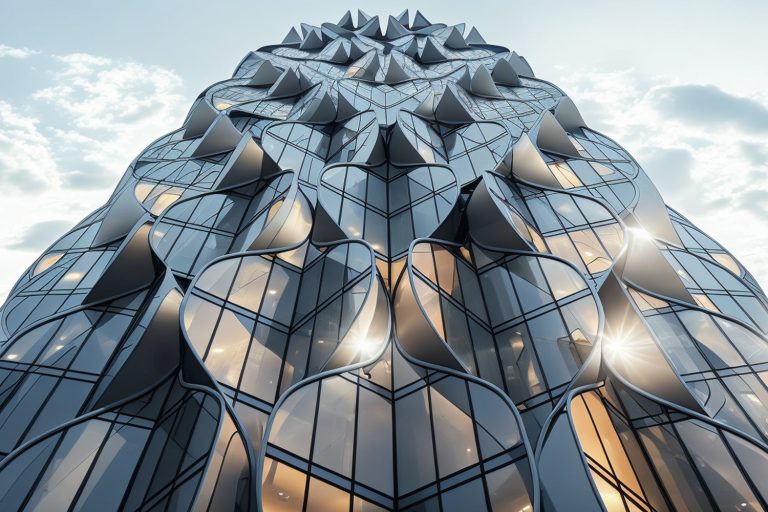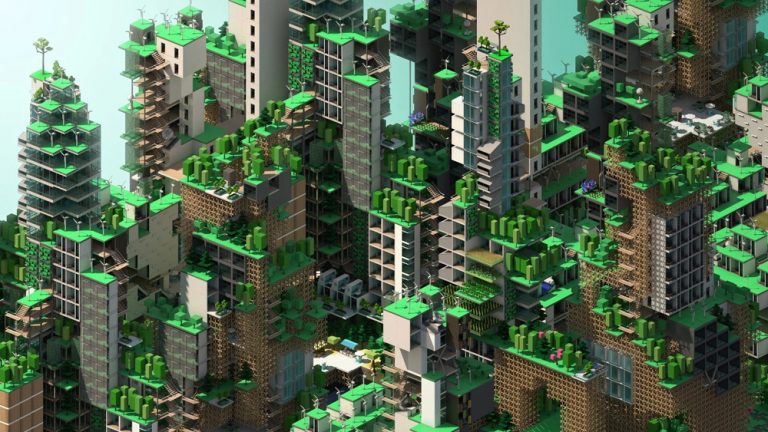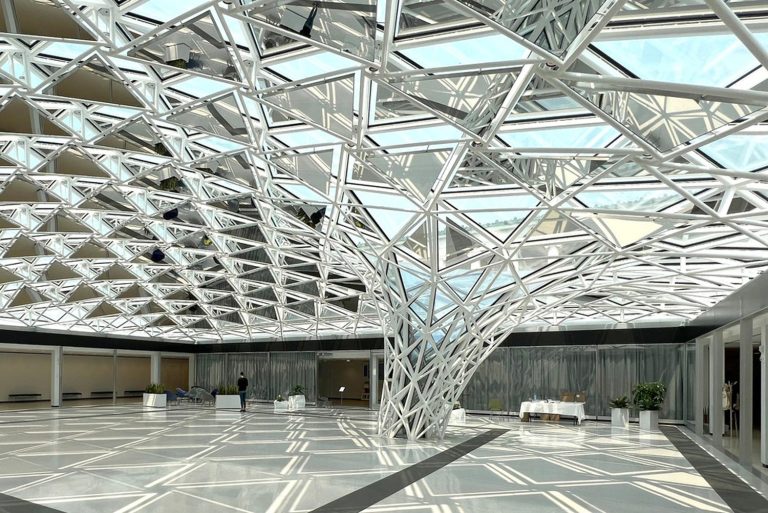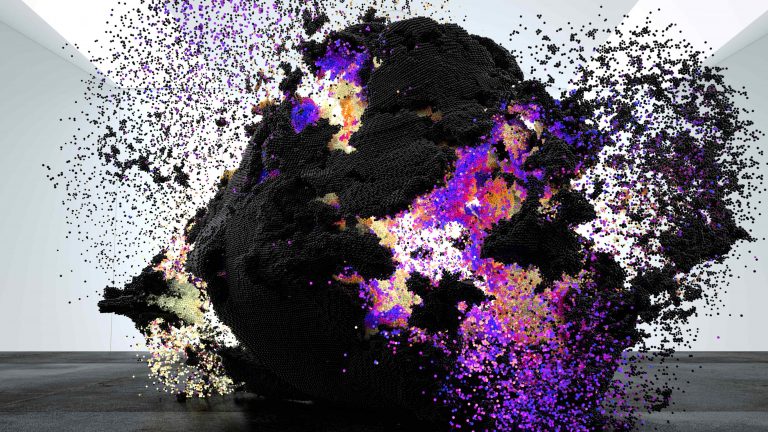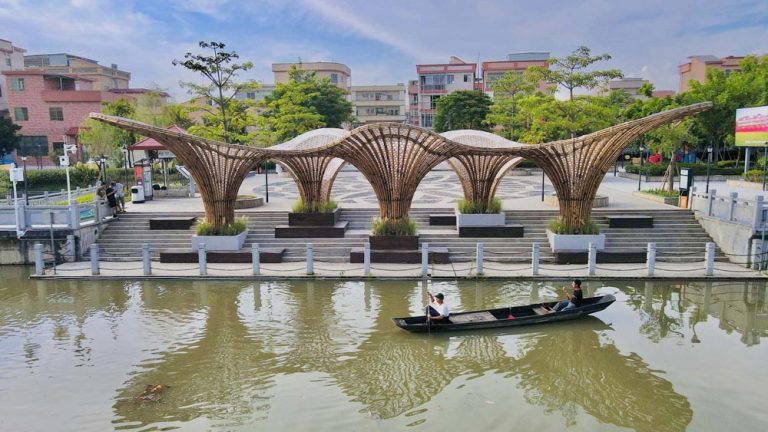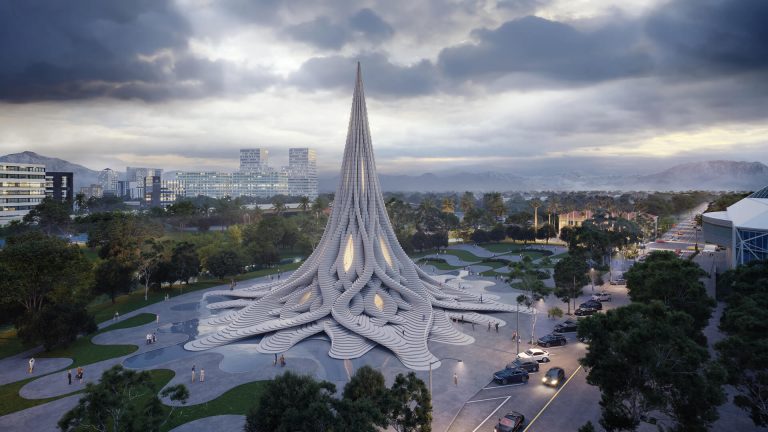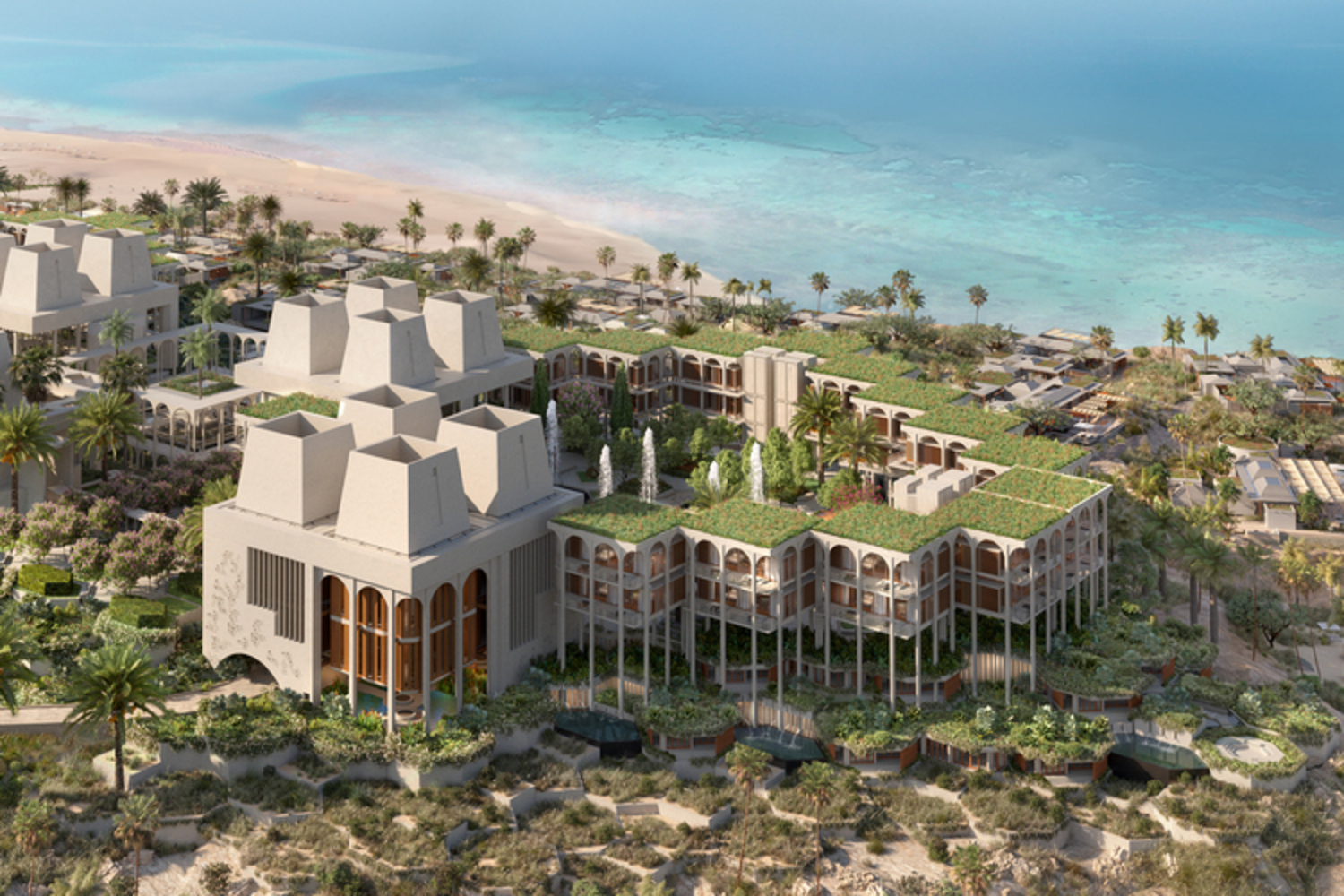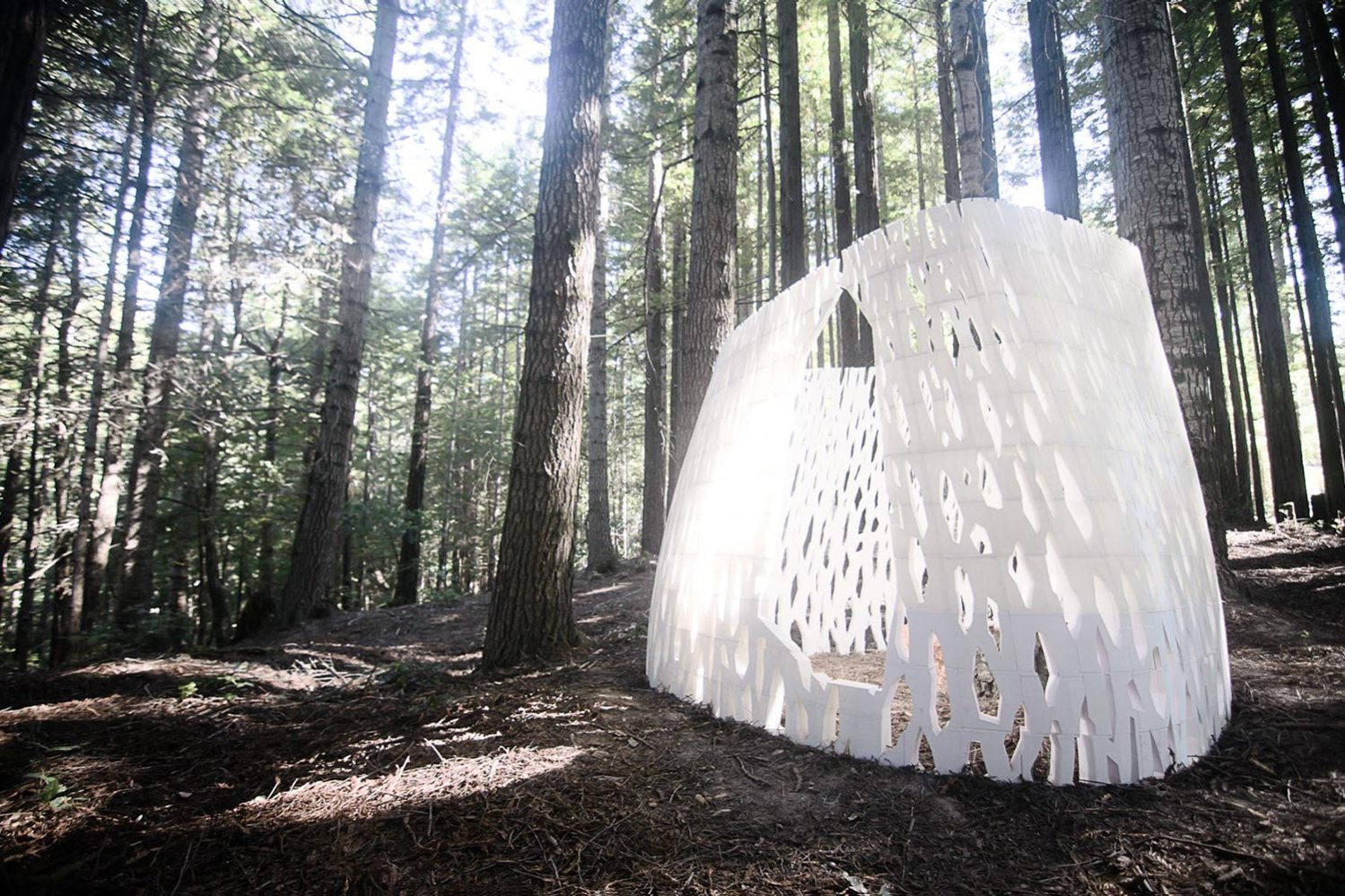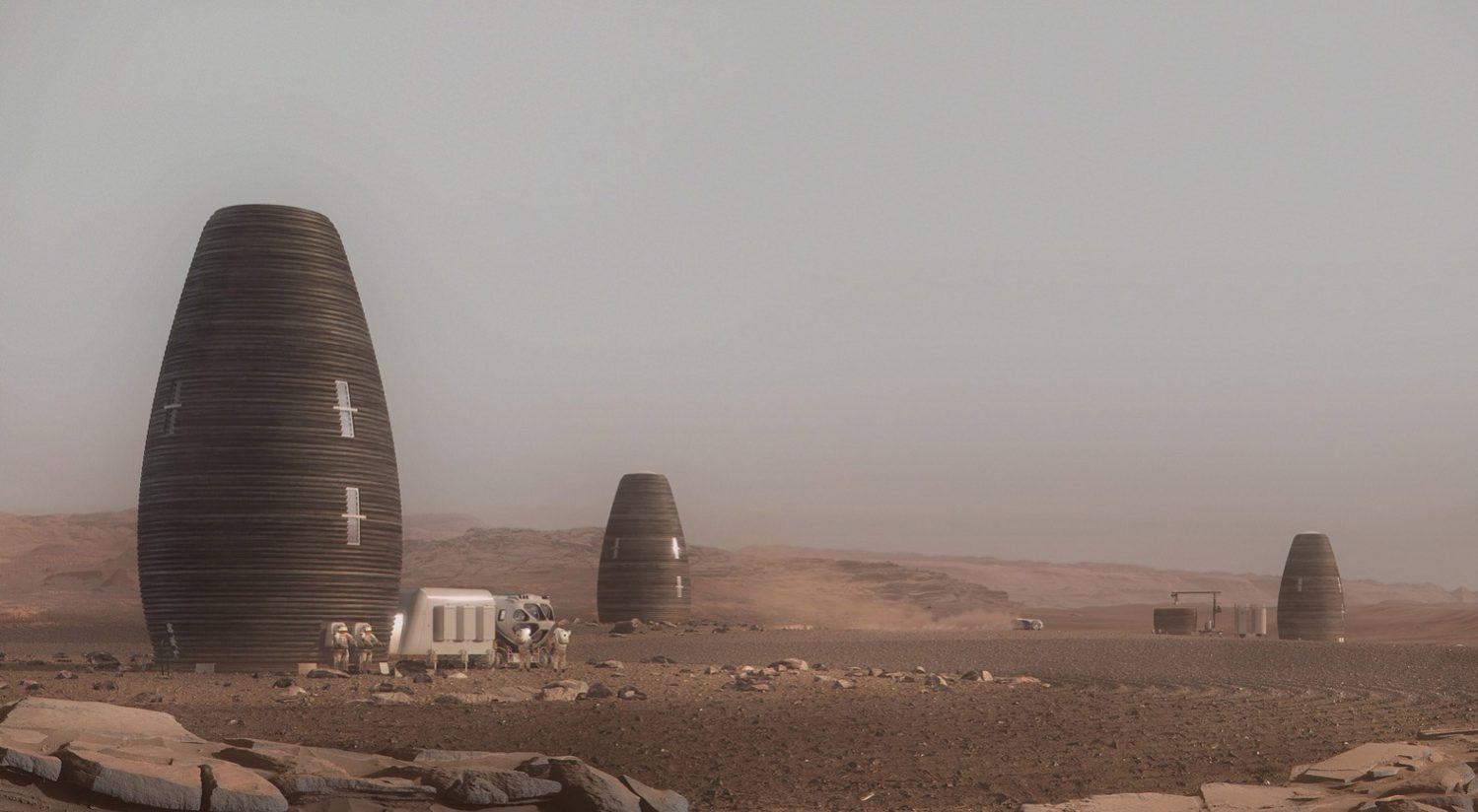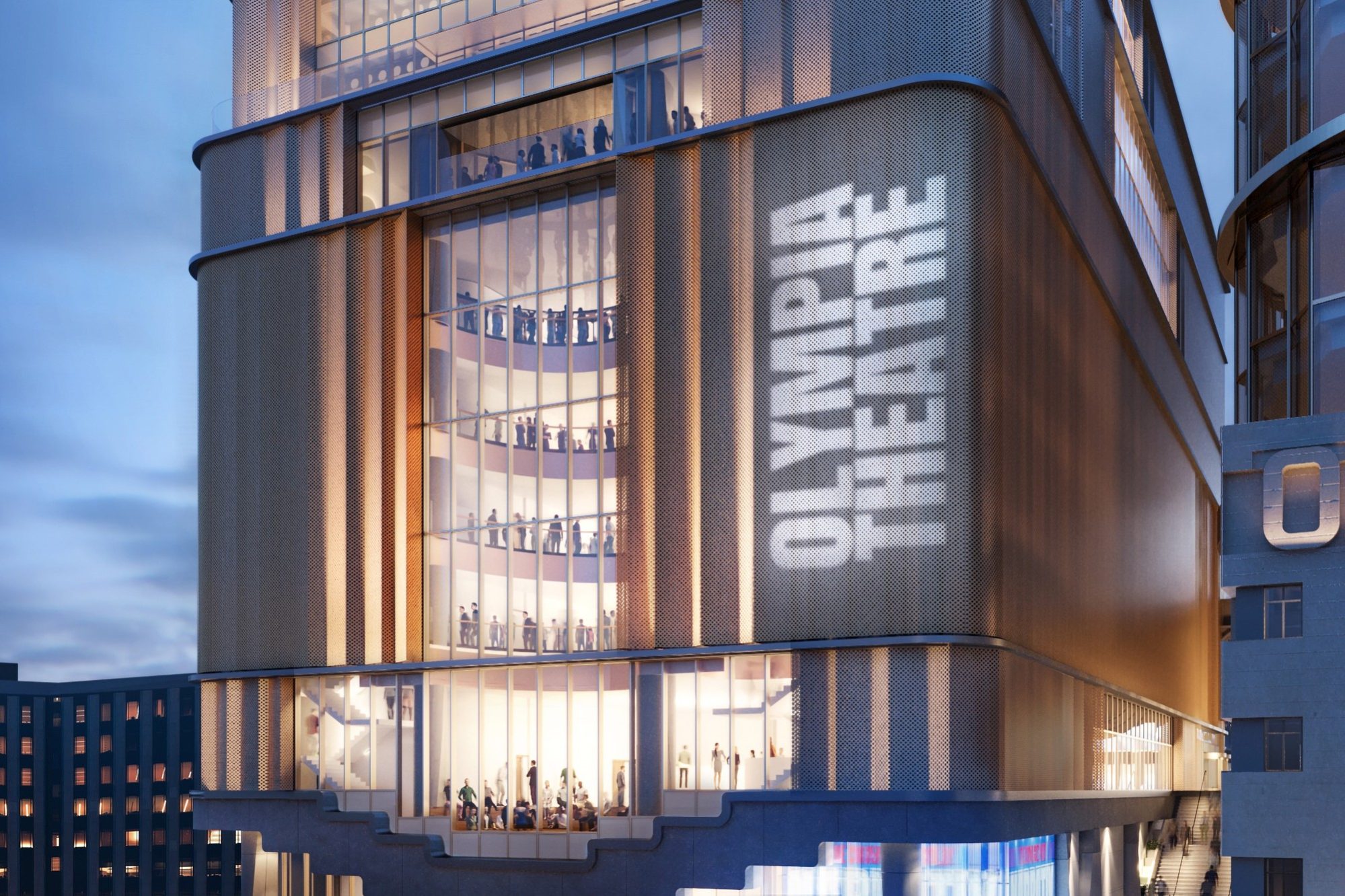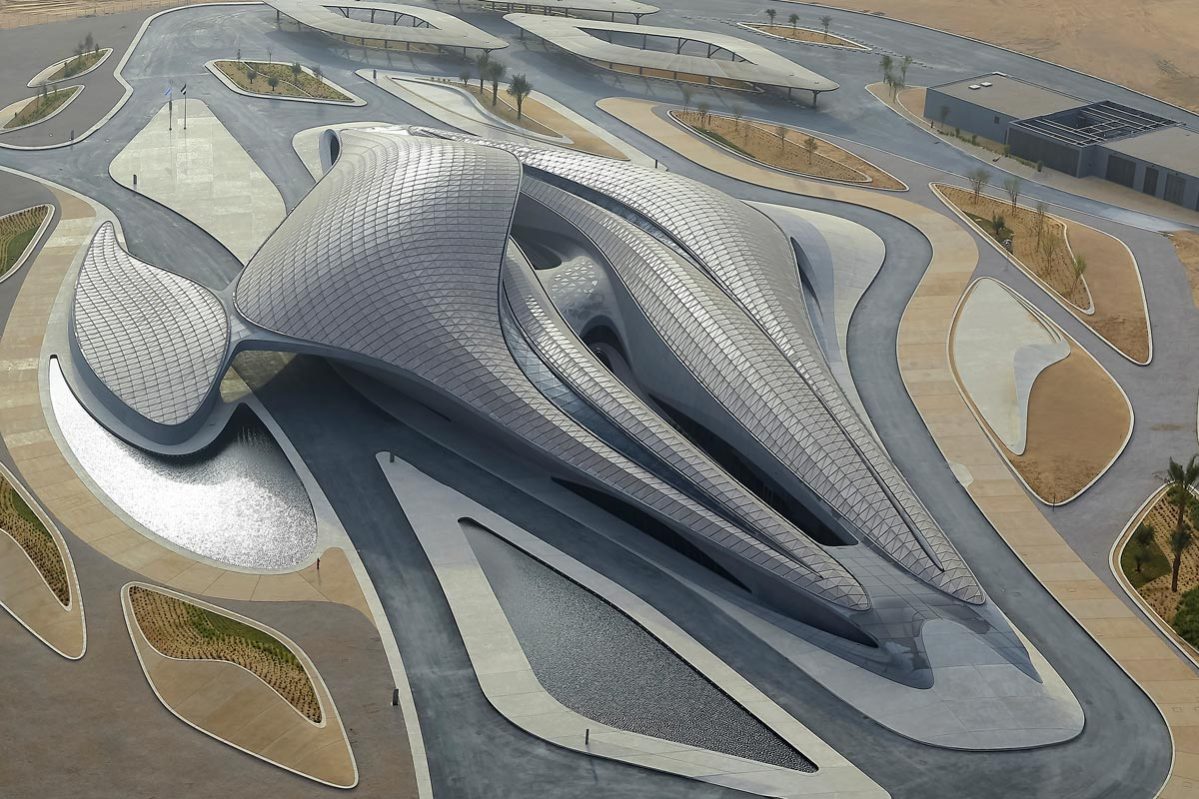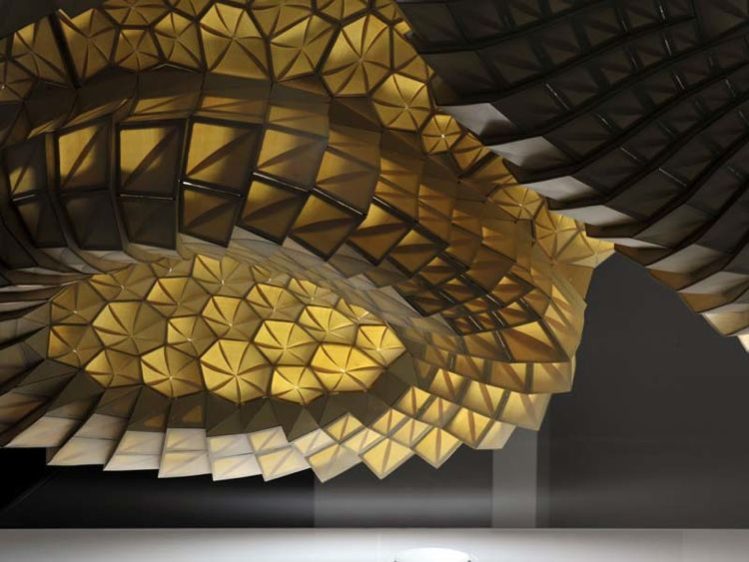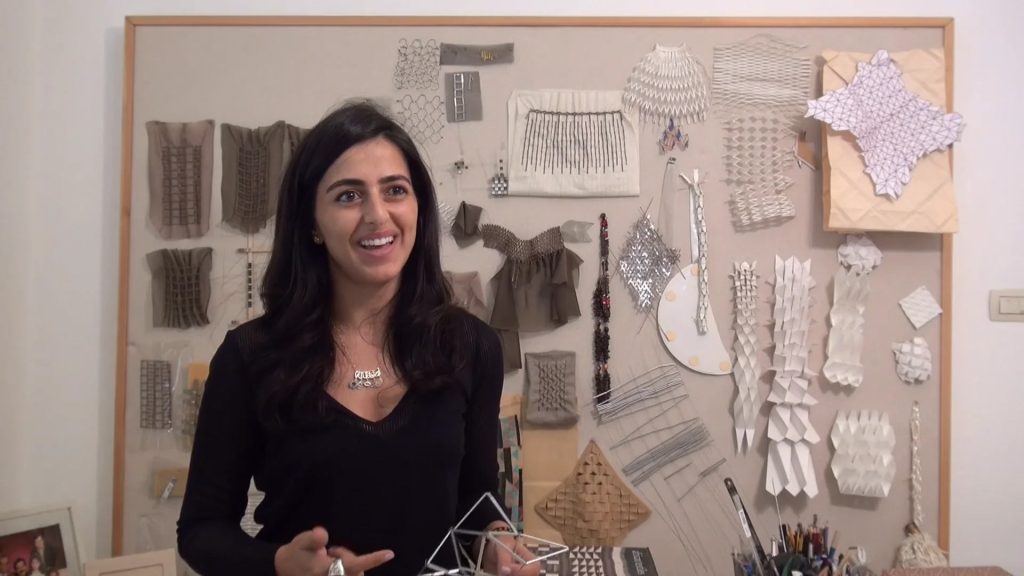
Jordanian-Palestinian interdisciplinary creative thinker Abeer Seikaly is an architect standing at the intersection of innovation and humanitarianism, redefining the boundaries of shelter and sustainability. Born in Amman, Jordan, Seikaly’s work blends her cultural roots with a global perspective, reflecting a commitment to addressing pressing societal issues. Drawing inspiration from her native place- the Middle East, she integrates traditional influences into contemporary design, creating structures that transcend mere functionality.
Seikaly received a double degree in the Bachelor of Architecture and Bachelor of Fine Arts from the Rhode Island School of Design, in 2002. She then went on to work with several renowned architects and designers to redefine the meaning of built spaces.
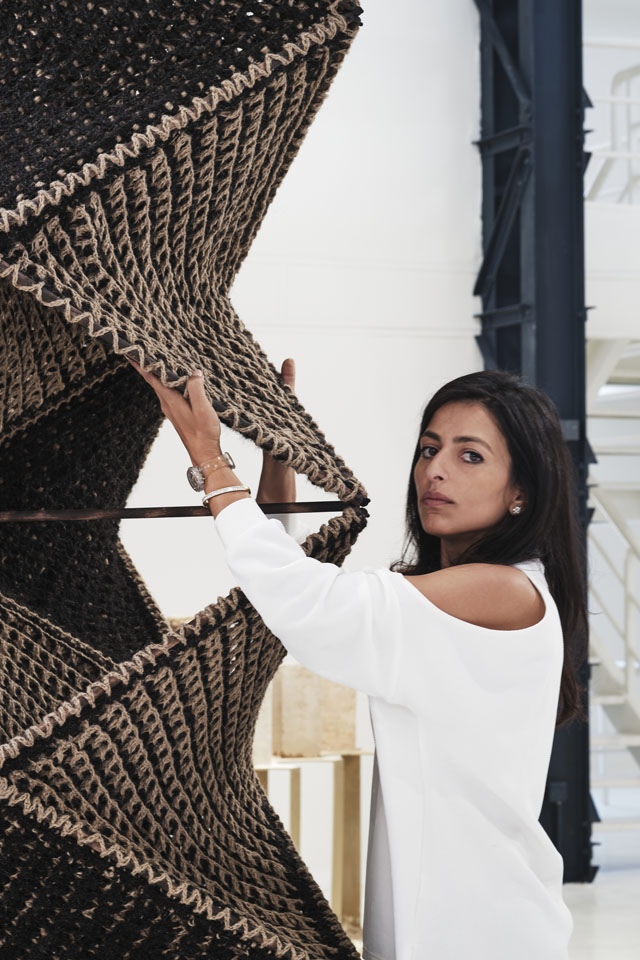
Seikaly’s designs are deeply rooted in the belief that architecture goes beyond mere structures. It is a means to create spaces that foster a sense of belonging, comfort, and identity. Her work is characterized as a creative blend of form and function, weaving together interesting ideas from cultures surrounding her, and shaping them together into human-centric forms.
Guided by this philosophy, Seikaly addresses global issues, particularly the plight of individuals and communities displaced by disasters. Abeer’s designs reflect her determination to provide not just shelter but a sense of security, community, and identity to those who have lost their homes.
Let’s have a look at some of her most unique projects that have established her as a pioneering global architect. Here are 8 exemplary architectural works of Abeer Seikaly:
1. Weaving a Home
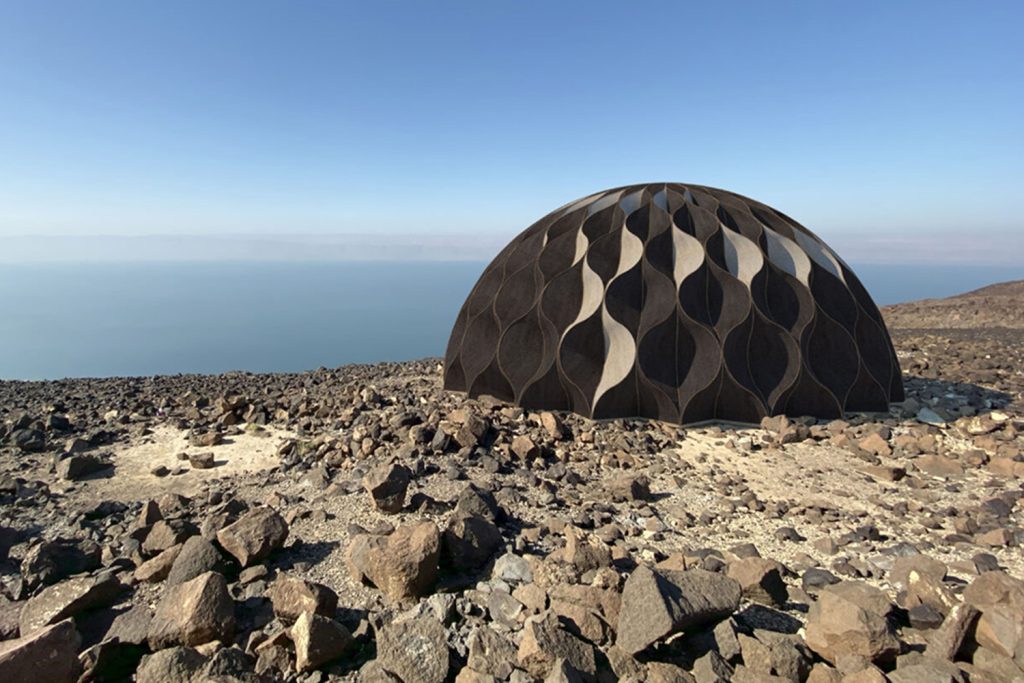
In response to the frequent headlines detailing refugee crises, Seikaly introduced a conceptual emergency shelter, “Weaving A Home”. The concept earned her the prestigious Lexus Design Award in 2013. Constructed from high-strength plastic tubing molded into sine-wave curves and woven into a flexible fabric membrane, this system forms a versatile structure that expands for enclosure and contracts for mobility.
This collapsible shelter goes beyond its fundamental form, incorporating sustainable features for self-sufficiency. The system harnesses solar radiation, converting it into electricity through an integrated battery system. The dome structure includes a water storage tank, ensuring a self-sustaining water supply derived from rainwater collection or on-site sources. Its cellular nature allows for easy customization at both individual and communal levels. Segments can be personalized for doorways or to direct internal wind circulation, providing adaptability to diverse environments. At a communal scale, the shelter facilitates groups coming together, forming a collective refuge to shape new lives amid adversity, envisioning a transformation into a “city of refuge.”
2. Villa Moda
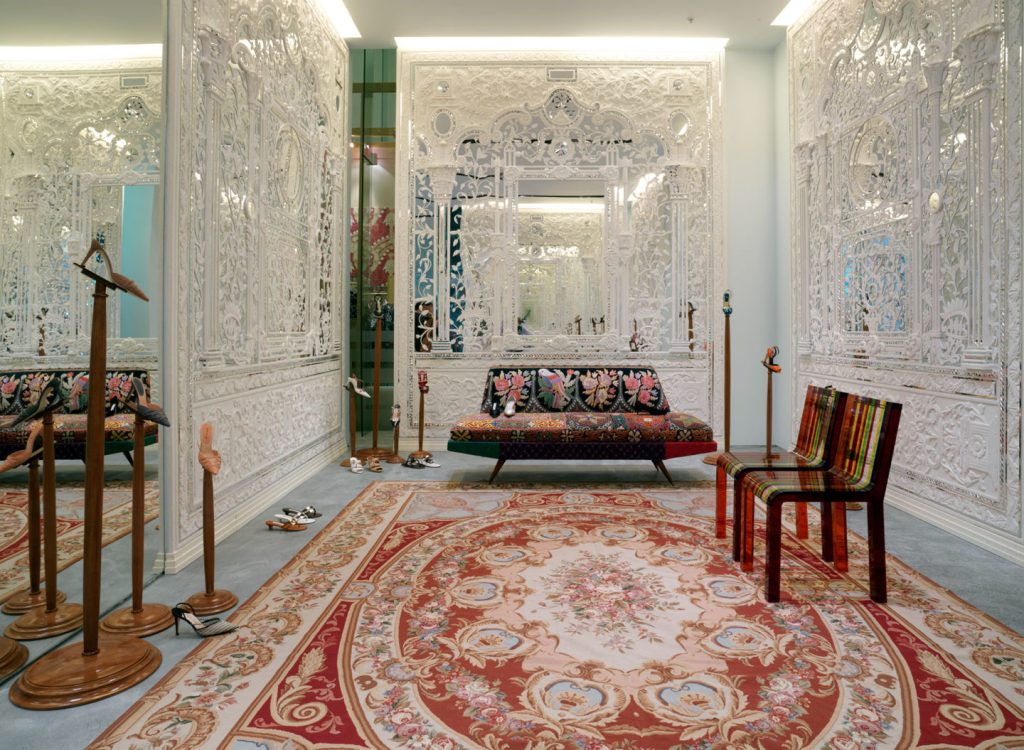
Assuming the role of a senior architect within Villa Moda Lifestyle KSCC, Abeer Seikaly played a pivotal role in reimagining regional archetypes of retail space, contributing to the evolution of bespoke luxury shopping experiences. The project, Villa Moda, sought to redefine the urban landscape in the Middle East, responding to the impact of consumer culture on traditional Souk and Bazaar typologies.
The flagship stores under Seikaly’s guidance embraced a holistic approach, collaborating with luxury fashion brands and designers to craft unique stories and choreographed shopping experiences. Notably, the Women’s Multi-brand store at the DIFC showcased a focus on expert craftsmanship, incorporating intricate mirror work by master craftsmen from Iran set within dusky pink plaster. This concept store went beyond retail, inviting local artists to collaborate, and incorporating vintage bespoke furniture, and unique chandeliers. The result is a one-of-a-kind luxury shopping experience that skillfully intertwines modernity, fashion, and cultural tradition.
3. Chrysalis
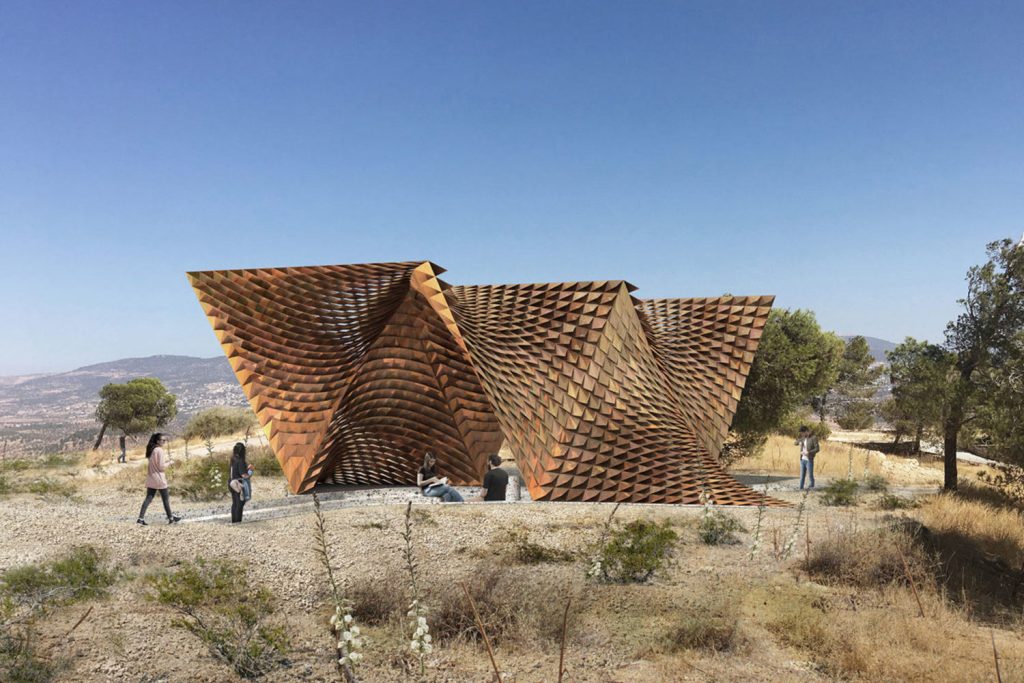
Initiated in 2015, Chrysalis is a performative self-structuring building system that explores the convergence of architecture, arid landscapes, and ecologies. It examines spatial behavior achievable through contemporary fabrication techniques, taking inspiration from traditional weaving, Origami, and Kirigami. Its modular configuration adheres to the geometry of a hyperbolic paraboloid, employing six shapes joined to establish a stable and rigid structure.
Going beyond mere form, the project incorporates structural and weather-responsive characteristics similar to that of a pinecone. This integration offers insights into designing an innovative water transport system for the structural skin, enhancing sustainability and functionality.
4. Matters of Time
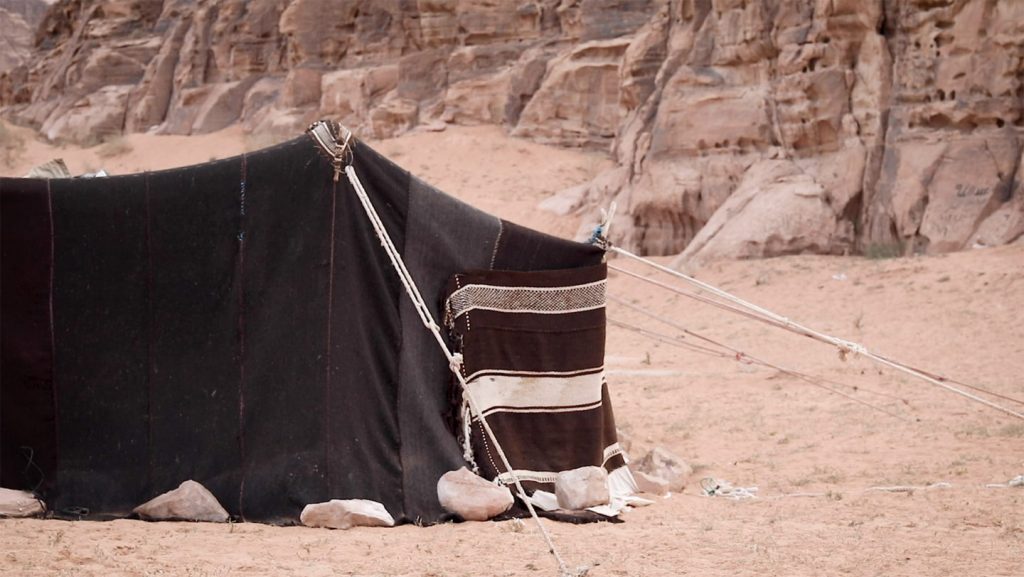
The project, Badia, pays homage to the profound tradition of Bedouin women who skillfully craft the Beit-al-sha’ar, a nomadic dwelling woven from goat hair and sheep wool. This mobile home serves not just as a shelter but as a resilient symbol of women’s voices in a patriarchal society. Embedded within the shifting sands of the Jordanian Badia, the Beit-al-sha’ar becomes a testament to centuries-old matriarchal architecture that adapts to the harsh local climate.
Initially conceived for the Man-made Disaster: Patriarchy and the Planet campaign, the project sheds light on the adaptive environmental response inherent in traditional tent craftsmanship. As tourism encroaches on Bedouin territories, Badia explores the moving impact of these time-honored practices. The project unveils the contrast between men constructing concrete structures for tourism and women’s tent craftsmanship hidden behind patriarchal walls. This narrative showcases Badia as a powerful symbol of cultural resilience, standing firm amidst the winds of change.
5. Meeting Points
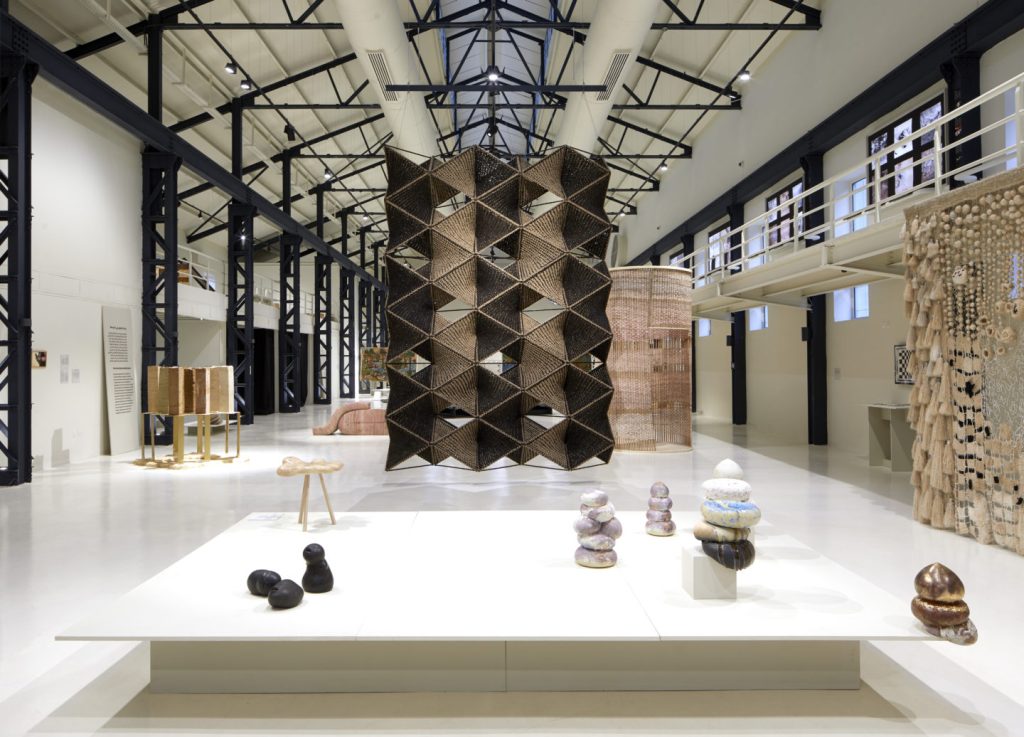
The Meeting Points is a compelling development of reconfigurable material systems, presenting a call for collaboration toward new models for communal well-being. With a keen focus on rekindling traditional knowledge associated with the Bedouin Tent (Beit-al-sha’ar), the project challenges the contemporary marginalization of its design ingenuity in Jordan. Positioned as a responsive model and performative architecture, the Bedouin Tent is reclaimed as a composite material structural design attributed to generations of women who intuitively shaped its form over time.
Meeting Points materializes as a self-structuring prototype, featuring a dynamic lattice structure and pliable hand-knitted geometric pattern that imparts additional mechanical properties. Beyond its physicality, the project underscores the communal and cumulative essence of the Bedouin Tent, portraying architecture not as a static material outcome but as an evolving process. The intricate interplay of materials, construction techniques, and precise design processes results in a mesmerizing three-dimensional lattice membrane structure adorned with varied patterns and tessellations.
6. Ālmamar
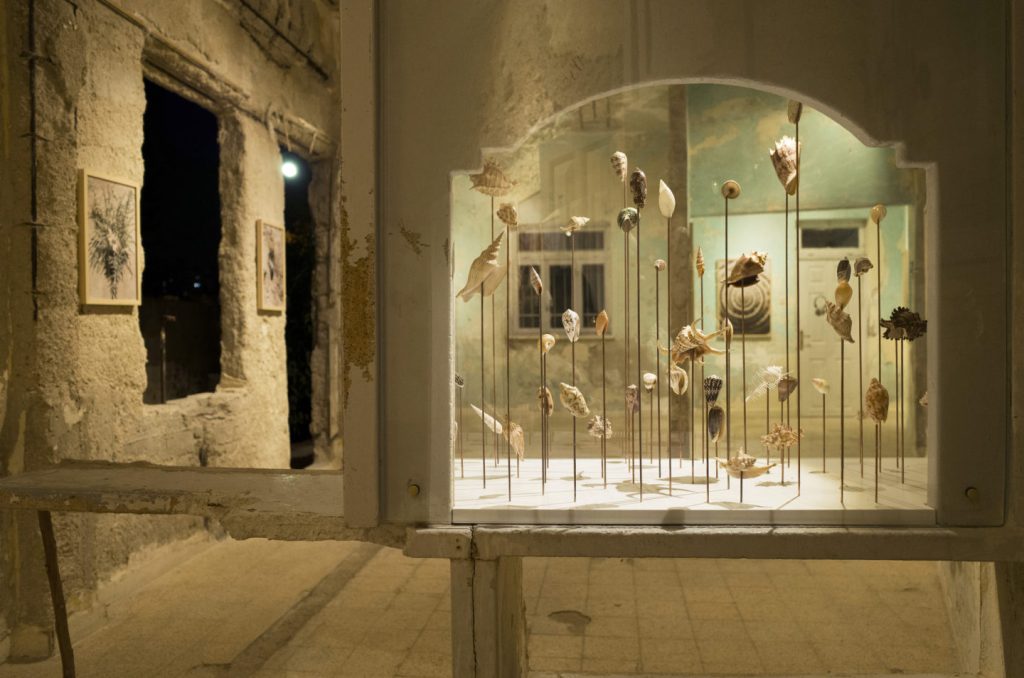
Ālmamar is a cultural experience and residency program, reflecting Seikaly’s journeys through creative thinking and place-making. Rooted in the exploration of the concept of ‘home,’ the program serves as an extension of Seikaly’s dedication to preserving cultural, social, and personal identities embedded in physical spaces. The initiative aims to navigate the delicate balance between the threads of tradition and the dynamism of modernity and technology.
Seikaly’s inquiry into co-authoring a journey toward questioning and exploring the notion of ‘home’ takes shape through this residency program. Housed in an abandoned 53m2 3-bedroom house from 1957, Ālmamar incubates an interdisciplinary collaboration, reflecting on the evolution of traditional values, critical art practice, and the concept of transience within the context of Jordan. This project serves as a meeting point between personal practice and global performance, initiating a creative journey of exploration.
7. Constellations
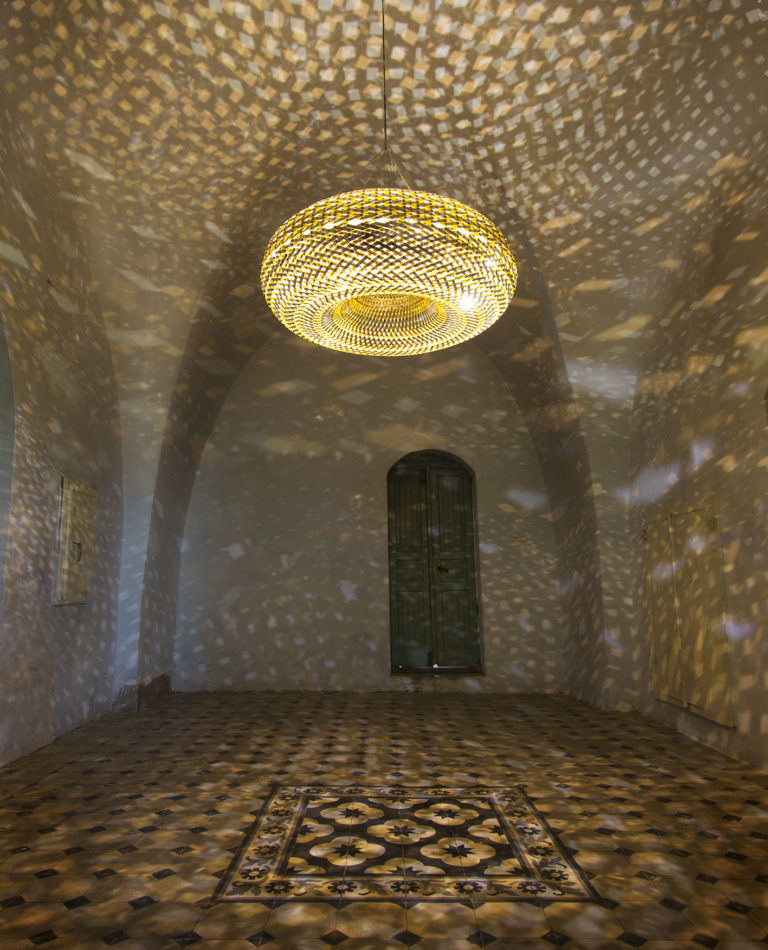
Unveiled during Amman Design Week 2016, Constellations is Seikaly’s attempt to explore the consciousness embedded within crafted objects, culminating in the creation of a handcrafted chandelier. This project challenges the lifelessness of contemporary objects resulting from industrialized design processes, prompting a piece of sensorial craftsmanship that merges traditional techniques with modern technology.
The project features a flexible structural mesh formed by manually linking 4986 custom reflective plexiglass pieces with binding post screws. This slow, repetitive, and meditative process, inspired by traditional craftsmanship, highlights the rudimentary forms and basics of design achieved through the human hand. Each mirrored piece is mechanically connected to a system of contraction and expansion, forming a constellation that engages in a dialogue of potential and nuanced meaning.
8. The Chandeliers
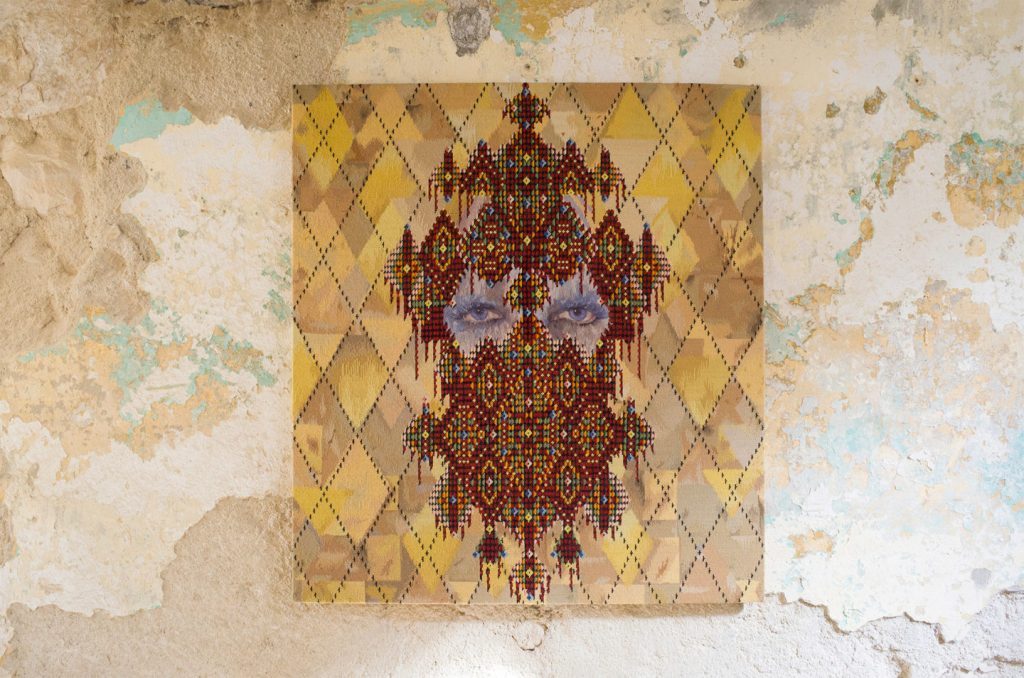
“The Chandelier,” created in 2011, is an artistic endeavor by Abeer Seikaly, manifesting as hand-stitched needlepoint wall-hangings. This project explores the interplay between nostalgia and the love and labor of a new craft, paying homage to the traditional role of Bedouin women in constructing nomadic structures. Crafted over six months by three women, the wall hangings aim to revive the fading tradition of nomadic housing and weaving, connecting the present to the rich cultural tapestry of the past.
Inspired by the hand-woven rug of her great-grandmother, she embarked on a creative journey that involved hand-drawing, collages, paintings, and digital transcription. The process became an intricate exercise in recreating traditional weaving patterns while infusing contemporary interpretations. Seikaly’s temporal looping, moving back and forth between different media and stitch patterns, highlights the connection between hands that pass down heritage and the enduring legacy of everyday objects.
In conclusion, the works of Abeer Seikaly narrate a story, weaving together the threads of heritage, identity, and resilience into structures that embody the collective memory of generations and promise a more inclusive, harmonious future. With each project, Abeer Seikaly continues to shape spaces that transcend the tangible, becoming poetic expressions of cultural continuity and the enduring human spirit.


